Fernando Maselli was born in Buenos Aires in 1978. He studied Fine Arts and moved to Madrid where he worked for major advertising agencies, shooting professional assignments for brands such as Coca Cola. This work won Maselli numerous awares at festivals such as Cannes.
In his current project ‘Artificial Infinite‘, Maselli appropriates the concept of the sublime through natures effects on the mind to develop his own investigation using elements like the vastness, the darkness and the hugeness of nature, but especially an attribute called artificial infinite: an element that is repeated many times in a constant and uninterrupted configuration generates in the viewer a sense of infinity. I think that the way that Maselli presents his work is very interesting due to the ways he cuts pictures up and puts them back together to create a collage style photograph but due to the gentle subject that is the nature he photographs I think that it could be more aesthetically pleasing without the photo manipulation.

Maselli spends several days in the mountains, taking pictures and later, in his studio, he rebuilds different parts of the landscape into a new landscape,trying to get, through the repetition of these images, the artificial infinite effect.
Guillaume Bression and Carlos Ayesta and Fernando Maselli have a common link in their approaches throughout their photographs as they intend to capture and document what the world is like in places that ordinary people wouldn’t visit without a strong purpose. Both of their photographs contain elements of staging in them as Guillaume Bression and Carlos Ayesta may place subjects to make photographs more intriguing and Fernando Maselli rearranges photographs in his studio to create the setting that he wants.

A contrasting feature in the works of Guillaume Bression and Carlos Ayesta and Fernando Maselli is that Maselli focuses on settings untouched by humans in order to show the aesthetically pleasing sublime of nature, wheres Bression and Ayesta look at the destruction of a man-made city.
I think that the purpose of this project is to show how aesthetically pleasing nature is when it is left alone – and still can be aesthetically pleasing if humans treat it with care, as Maselli has done through carefully creating a collage of photographs.
Maselli has a statement on his website explaining further his interest in photography and the style in which he enjoys working.
Analysis
The below photograph uses the natural lighting of the mountainous landscape along with a deep depth of field to create a photograph that shows the different layers within the natural landscape. Maselli creates a photograph that demonstrates high contrast in the lower half and low contrast in the upper half due to the fog and weathering of the setting. There is quite a large tonal range within the photograph ranging from the dark shadows within the mountain faces to the white blankets of snow on top of the mountains. A shutter speed of 1/60-1/150 will have been used in this photograph along with a low ISO in order to keep the photograph as high quality as possible whilst allowing plenty of light to enter the camera lens.
There is no colour in this photograph – only black and white. Whilst this black and white helps to create contrast and shadows within this photograph I feel that it makes the photograph slightly bleak with no area of the photograph standing out as a main viewpoint. The difference between the light tone in the upper half and the dark tone in the lower half creates an feeling of how extreme the weather is in the mountains. There is not much of a 3D effect in the photograph due to their not being any subject in the foreground – which it feels like there should be. The eye is led to the bottom of the mountains where it looks like there should be a viewpoint but there is only more snow.
Maselli took this photograph as part of spending several days in the mountains, taking pictures and later, in his studio, rebuilding different parts of the landscape into a new landscape,trying to get, through the repetition of these images, the artificial infinite effect. The natural sublime has been a part of the arts through literature such as in Frankenstein for a long time and it representative of peace and tranquility.
I think that through these photographs Maselli is trying to convey the fact that there is so much of the world that most humans’ will hardly see or experience and that these hidden parts of the world are better off because of the absence of human intervention. This links to political landscape as Maselli is showing and contrasting how different landscapes really are without humans building on them and altering on them to meet some of their selfish wants.



 ettings untouched by humans in order to show the aesthetically pleasing sublime of nature, wheres Bression and Ayesta look at the destruction of a man-made city.
ettings untouched by humans in order to show the aesthetically pleasing sublime of nature, wheres Bression and Ayesta look at the destruction of a man-made city.
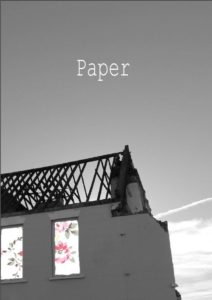
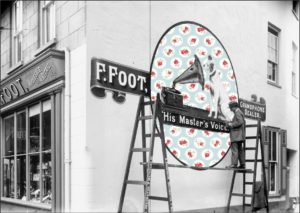

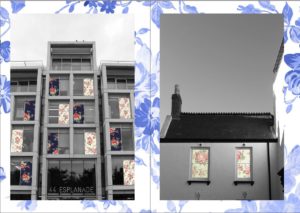
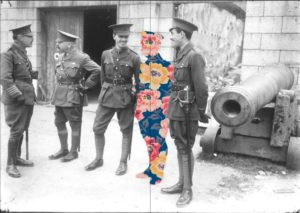
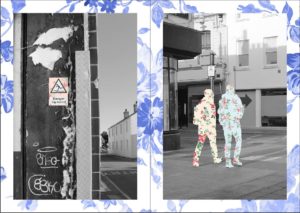
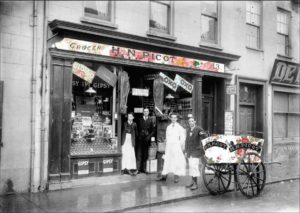
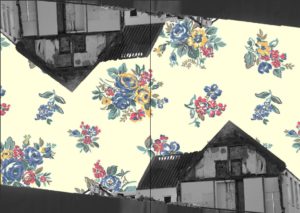
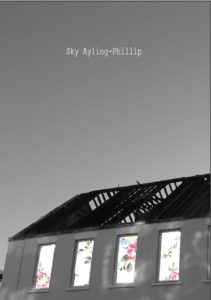
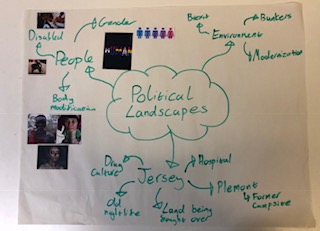

/arc-anglerfish-arc2-prod-jerseyeveningpost-mna.s3.amazonaws.com/public/P5QZ4YPJNJC5ZFZM7P5HUMLFC4.jpg)

